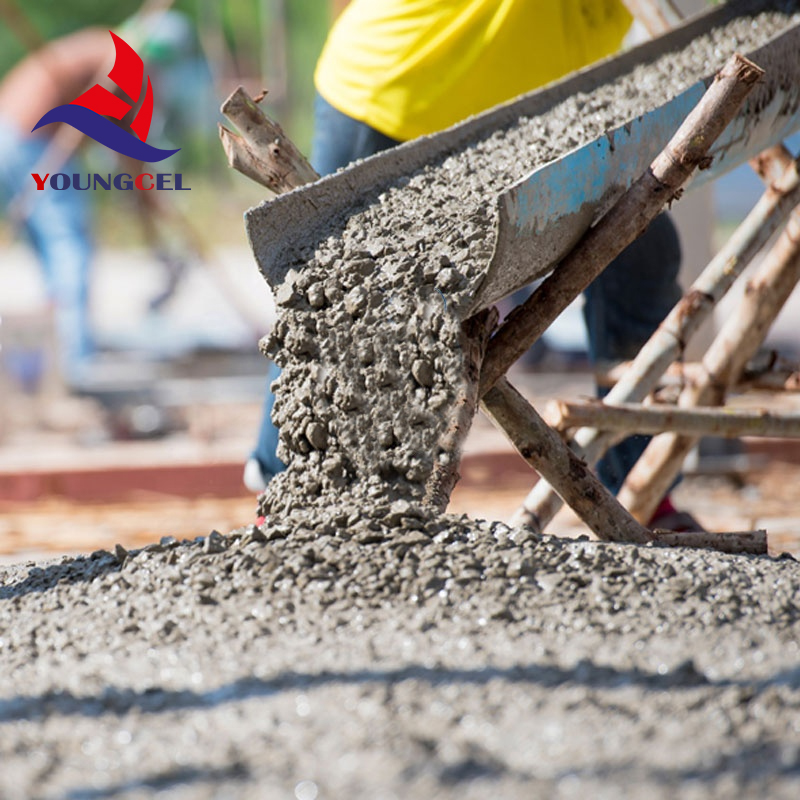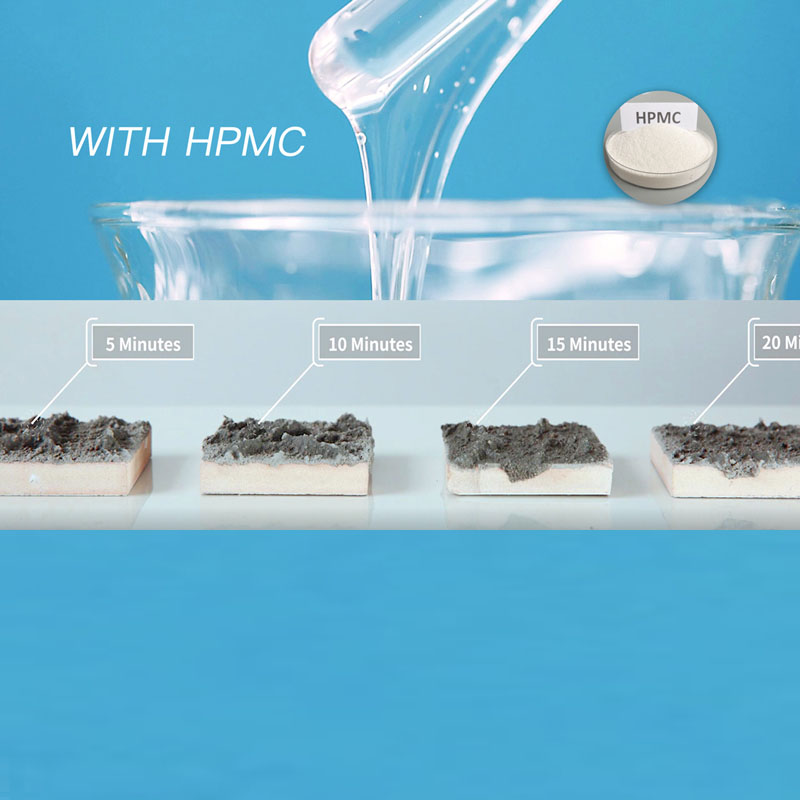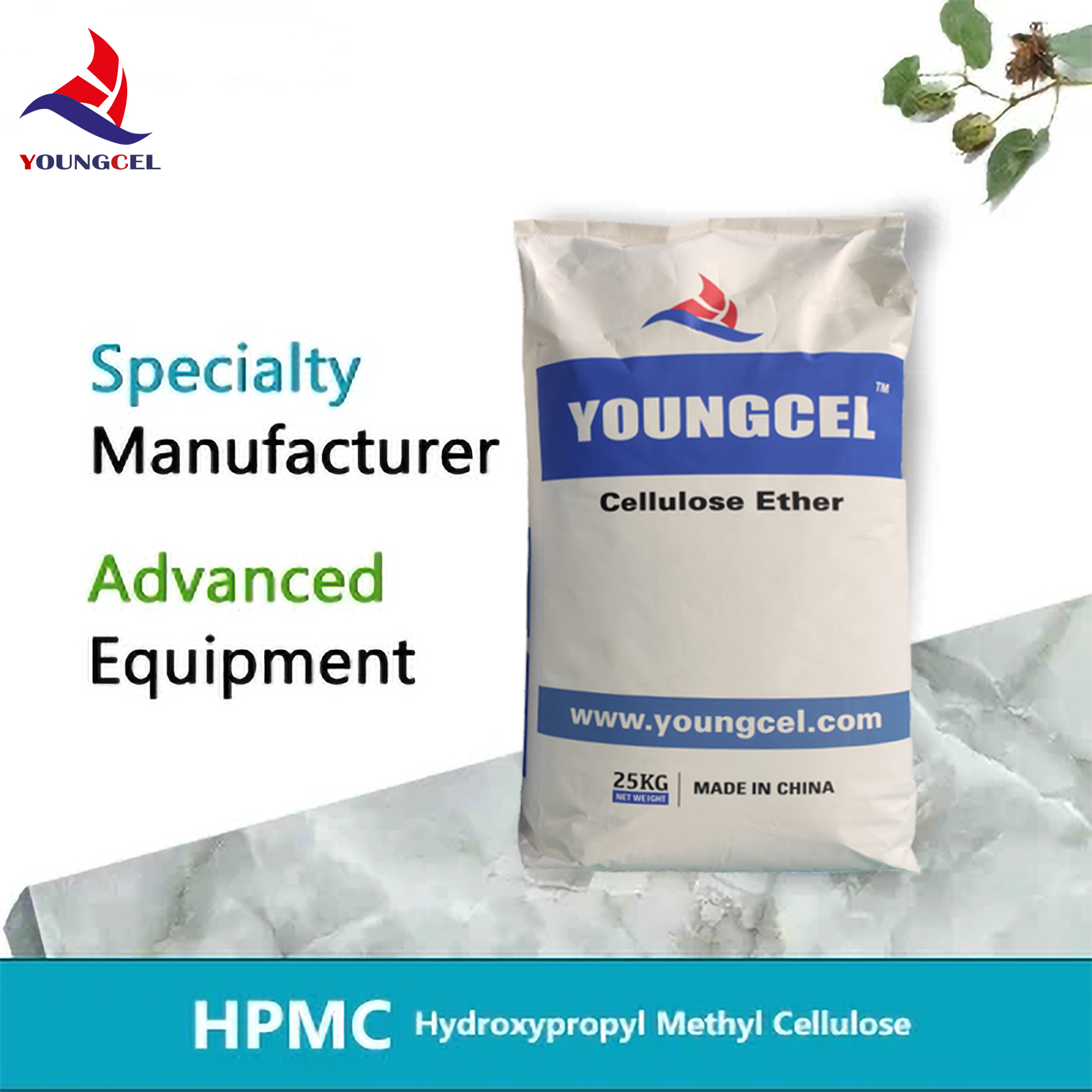Hydroxypropyl Methyl Cellulose (HPMC) is a versatile chemical additive widely used in construction applications, particularly for tile adhesives and plaster formulations. This article provides an in-depth analysis of HPMC's properties, technical specifications, applications, and the company behind its production, Shijiazhuang Gaocheng District Yongfeng Cellulose Co., Ltd..
Product Overview
HPMC is a modified cellulose ether derived from natural cotton fibers. It is synthesized through etherification under alkaline conditions, resulting in a substance with exceptional thickening, water retention, and film-forming properties. This chemical is critical in modern construction materials, enhancing the workability and durability of cement mortars, tile adhesives, and plaster coatings.
 The product appears as a milky white or white powder, with a carbonization temperature of 280-300°C and a color temperature of 190-200°C. Its particle size is finely controlled, with 100 mesh pass rates exceeding 98.8% and 80 mesh pass rates at 99.9%. Special specifications may use 40-60 mesh particles for tailored applications.
The product appears as a milky white or white powder, with a carbonization temperature of 280-300°C and a color temperature of 190-200°C. Its particle size is finely controlled, with 100 mesh pass rates exceeding 98.8% and 80 mesh pass rates at 99.9%. Special specifications may use 40-60 mesh particles for tailored applications.
Technical Specifications
The following table summarizes the key technical parameters of HPMC:
| Parameter | Specification |
|---|---|
| Appearance | Milky white or white powder |
| Carbonization Temperature | 280-300°C |
| Color Temperature | 190-200°C |
| Particle Size | 100 mesh >98.8%, 80 mesh 99.9% |
| Apparent Density | 0.25-0.70 g/cm³ |
| Specific Gravity | 1.26-1.31 |
| Solubility | Soluble in water and solvents like ethanol/water or propanol/water |
HPMC's solubility in water and specific solvents allows it to form stable, transparent aqueous solutions with surface activity. Its high transparency and stability make it ideal for applications requiring consistent performance under varying conditions.
Key Properties and Benefits
HPMC is renowned for its unique properties, including:
- Thickening Ability: Enhances the viscosity of cementitious mixtures, improving workability.
- Salt Resistance: Maintains performance in high-salinity environments, such as coastal construction projects.
- Water Retention: Prevents rapid moisture loss, ensuring proper curing of mortars and plasters.
- Dimensional Stability: Reduces cracking and deformation in dried materials.
- Adhesion: Improves bonding between substrates and coatings, such as tiles and gypsum boards.
- Mildew Resistance: Inhibits microbial growth, extending the lifespan of construction materials.
These characteristics make HPMC a critical component in modern construction, where durability and performance are paramount.
Applications in the Construction Industry
HPMC is extensively used in various construction applications, including:
- Cement Mortar: Enhances flowability and reduces segregation in cement-based mixtures.
- Ceramic Tile Cement: Improves adhesion and prevents tile slippage during installation.
- Refractory Coatings: Acts as a suspension agent and fluidity improver for asbestos and other refractory materials.
- Gypsum Coagulant Slurry: Boosts water retention and adhesion to substrates, ensuring a smooth finish.
- Joint Cement: Added to gypsum board joint cement to improve fluidity and water retention.
 The versatility of HPMC is evident in its ability to adapt to diverse construction needs. For instance, in tile adhesive formulations, HPMC ensures strong bonding between tiles and substrates, even in humid or high-temperature environments. Similarly, in plaster additives, it improves the workability and adhesion of gypsum-based coatings.
The versatility of HPMC is evident in its ability to adapt to diverse construction needs. For instance, in tile adhesive formulations, HPMC ensures strong bonding between tiles and substrates, even in humid or high-temperature environments. Similarly, in plaster additives, it improves the workability and adhesion of gypsum-based coatings.
 The product's dimensional stability is particularly valuable in applications where shrinkage or cracking could compromise structural integrity. By retaining moisture during curing, HPMC ensures even hydration of cementitious materials, reducing the risk of defects.
The product's dimensional stability is particularly valuable in applications where shrinkage or cracking could compromise structural integrity. By retaining moisture during curing, HPMC ensures even hydration of cementitious materials, reducing the risk of defects.
Company Background: Shijiazhuang Gaocheng District Yongfeng Cellulose Co., Ltd.
Founded in Shijiazhuang, Hebei Province, China, Shijiazhuang Gaocheng District Yongfeng Cellulose Co., Ltd. specializes in the production of cellulose derivatives, including HPMC. The company's commitment to quality and innovation has established it as a reliable supplier in the construction and chemical industries.
With a purity level of 99% and net weight packaging of 25 kg, Yongfeng Cellulose ensures that its HPMC meets international standards. The product is classified as a chemical auxiliary agent, with alternative names such as methyl hydroxy ether cellulose (MHEC). Its CAS number is 9004-65-3, a key identifier for chemical regulatory compliance.
The company's product line includes cellulose, chemical additives, adhesives, binders, and dispersants, reflecting its expertise in polymer chemistry. Yongfeng Cellulose's focus on low ash content and pH stability further enhances the performance of HPMC in construction applications.
Industry Standards and Certifications
While the National Institute of Standards and Technology (NIST) does not directly regulate HPMC, its guidelines on material performance and testing provide a framework for evaluating chemical additives. According to NIST research on cellulose derivatives, HPMC's properties align with industry standards for water retention, viscosity, and stability.
Source: NIST Publication: Properties of Cellulose Derivatives
Conclusion
Hydroxypropyl Methyl Cellulose (HPMC) is a cornerstone of modern construction materials, offering unmatched performance in tile adhesives, plasters, and cementitious products. Its technical specifications, including high water retention, dimensional stability, and adhesion properties, make it indispensable in the industry. Shijiazhuang Gaocheng District Yongfeng Cellulose Co., Ltd. continues to lead in producing high-quality HPMC, ensuring that construction professionals have access to reliable and innovative solutions.
For more information about HPMC or to explore the company's full product range, visit www.youngcel.com.
-
Understanding Methyl 2 Hydroxyethyl Cellulose: Uses, Benefits & Industry InsightsNewsNov.24,2025
-
Hydroxyethyl Methyl Cellulose HEMC: Industrial Uses, Benefits & Future TrendsNewsNov.23,2025
-
HEMC Cellulose: Versatile & Sustainable Industrial Polymer | YoungcelNewsNov.23,2025
-
Methyl Hydroxyethyl Cellulose: Versatile Building Block for Industry & SustainabilityNewsNov.23,2025
-
CAS 9032 42 2: Understanding Polyvinyl Alcohol's Impact on Industry & SustainabilityNewsNov.22,2025
-
Hydroxyethyl Methyl Cellulose: Versatile Solutions for Modern Industry and SustainabilityNewsNov.22,2025




